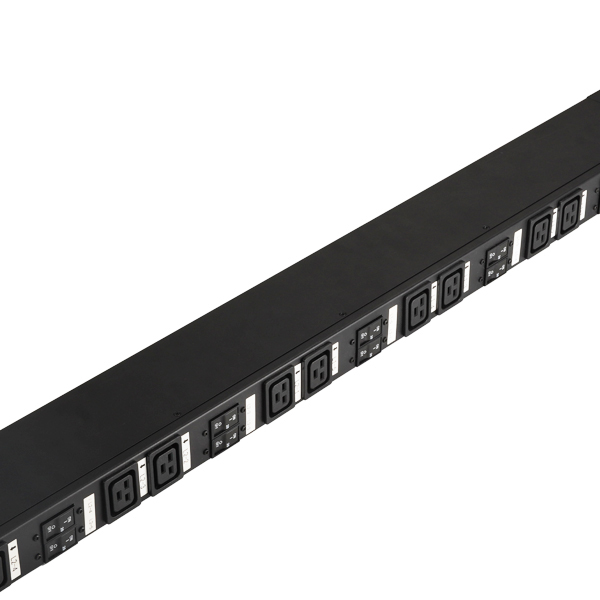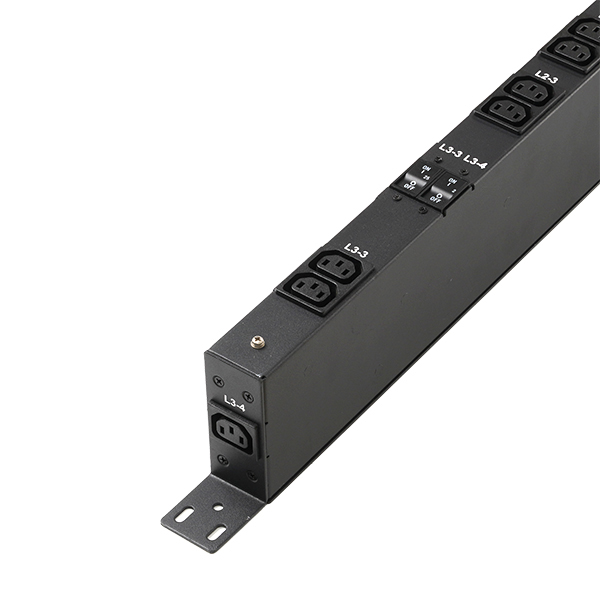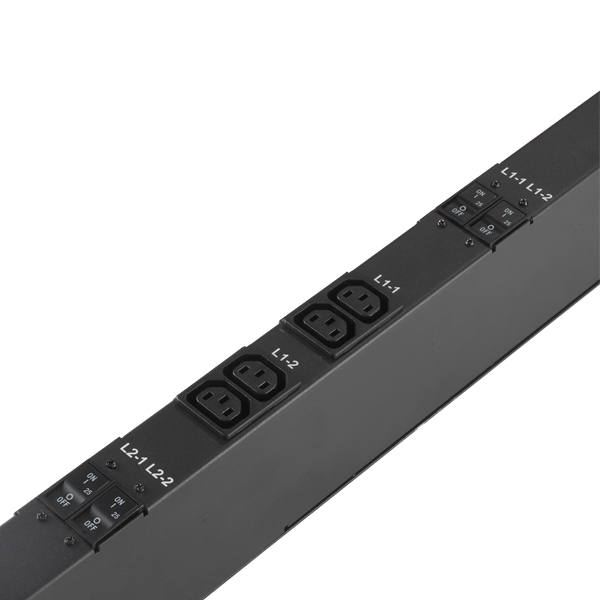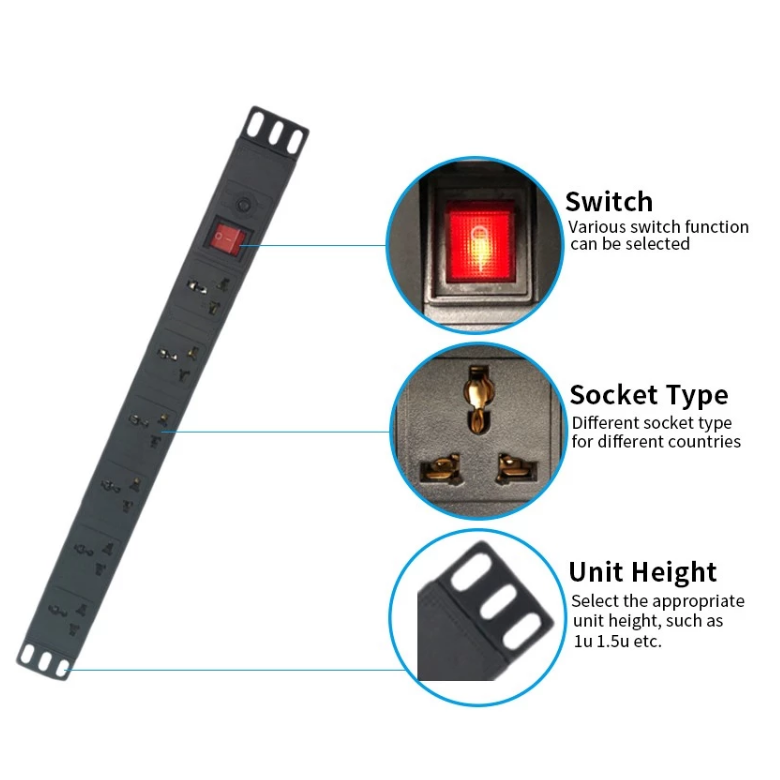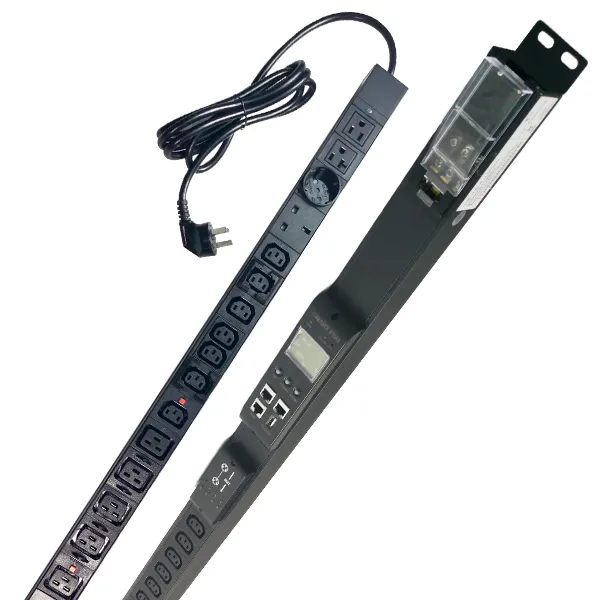Rack PDU can be divided into three types according to their monitoring and control functions: basic, measuring, and switching.
Basic PDU do not provide any information about power consumption. In this case, the rack may be on the verge of tripping, but no one is aware of it.
Metering PDU can generally measure the electrical energy of each branch of the PDU. For data centers, metering PDU provide an effective way to keep track of these conditions when circuits are approaching maximum capacity and breakers are at risk of tripping. IT operations and maintenance personnel can use the power consumption history data to analyze power consumption trends and make the best decisions about where to install new equipment to balance the circuit load and avoid the risk of overload. Overload risk. This proactive planning is a proven measure to eliminate downtime due to tripped circuit breakers. Some metering PDUs now also can meter individual outlet power conditions, not just branch circuits. These PDU are not yet widely available, but they do bring a lot of convenience to data center managers.
In addition to the measurement function of metering PDU, switching PDU can also have the process of controlling the switching of output outlets. With the help of the network, it can realize remote on/off operation of outlets. This function is more common in remote sites. Servers or switches occasionally need to be manually rebooted, and sometimes these devices are located in an office environment or in locations where there is no on-site IT operations staff. A standard solution is to call a local administrator to assist in the resolution. The administrator goes into the unfamiliar network closet, fumbles around to identify the faulty device, and then performs a reboot. Even with great care, incorrect reboots are inevitable. With switchable rackmount PDU, professional IT staff can easily control the switching operation of devices even when they are not on site.


